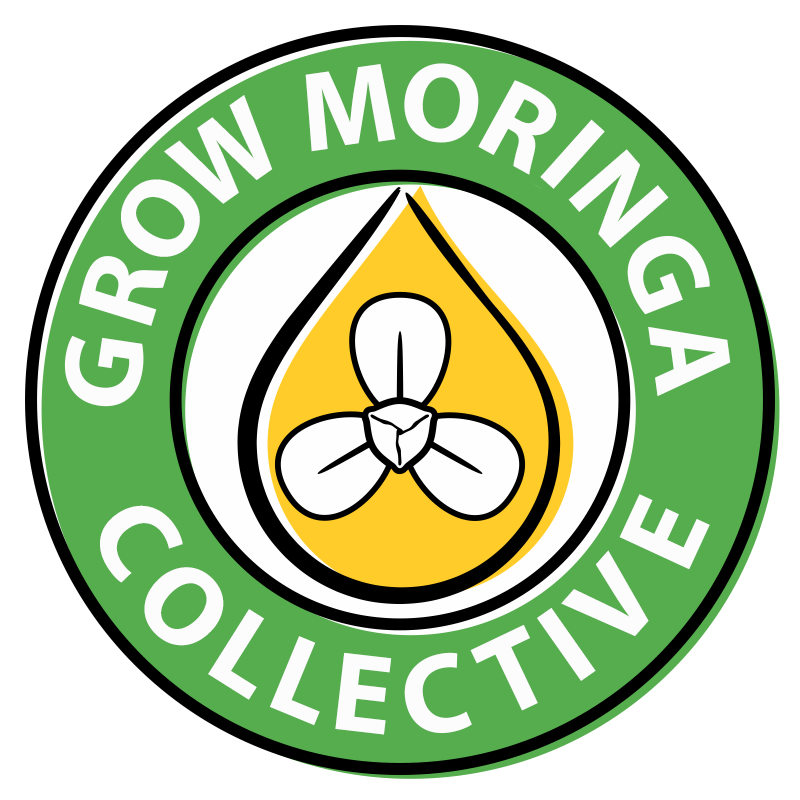
Invasion Nation: Exploring the Factors That Land Species on Florida's Invasive List
To be honest the main reason why moringa is on the invasive list is because a small handful of families dictate what's going to be grown and where in Florida. Sugar and citrus have been Florida's biggest crops to date. Florida overall is only second total in agricultural GDP to California which is also why any threat for new plants to come in to disrupt profits from those families tied to Big AG must be met with caution.

Greenbelting for a Greener Tomorrow: Conservation and Restoration Efforts
As an example of how to suppress support for moringa is through the use of greenbelting, which allows farmers to grow trees on their properties and get tax incentives. If the moringa tree is on the invasive list it will not get the support to grow and count as a green belting tree. Florida has been an agricultural mecca and research grounds for many years looking deeper into the invasive topic.

Reason for Caution: Navigating the Challenges of Risk Management
I don't blame Florida for being extra cautious. Look what happened to kudzu, an agricultural crop grown in Florida a hundred years ago as a starchy tuber for calories and making baby formula. It's now wild and taking over areas and suffocating trees and plants because it can vine over top of everything. You might have seen it growing along the roads here in Florida.

Embracing Change: The Power of Shifting the Status Quo
I'm not too worried about moringa's political climate though. Co-ops and collectives have immense power in numbers, which could sway policies and change the views of any administration. Moringa farmers can unite more easily with the support of groups and in national state capitals, petitioning for Moringa to be recognized as a guarded agricultural crop, garnering grants and support from states like Florida to grow moringa with tax incentives.


